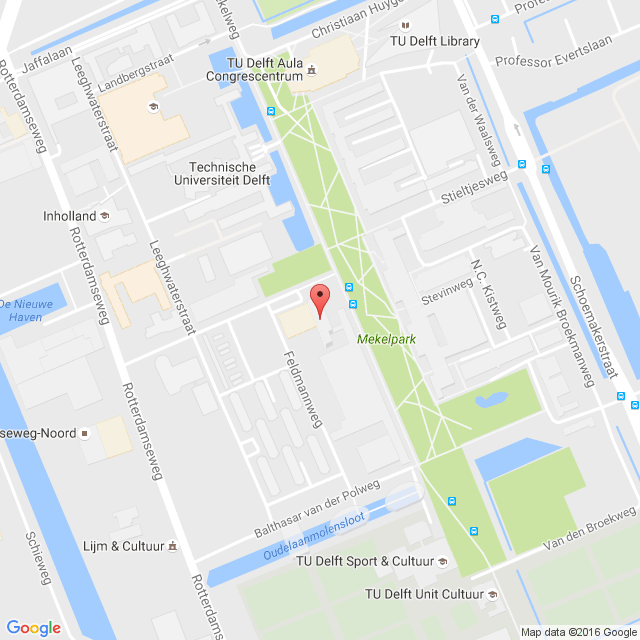“Security guaranteed by the laws of physics, or why quantum mechanics is the theory that cryptographers have always dreamt of?”
In the hyperconnected world of today, the ability to exchange and
process data in a secure fashion has become a strict necessity. While
we have not seen any major failures of currently used technologies, we
should be aware that our feeling of security is based solely on faith.
All authentication and encryption schemes used nowadays in digital
technologies rely on our assumption that certain mathematical problems
are hard to solve (e.g. factoring large numbers). All such schemes can
be broken if a significant computing power becomes available, a new
faster algorithm is developed or a scalable quantum computer is built.
What makes the situation even more worrying is that these schemes can
be broken retroactively. This means that whenever you send an encrypted
message you must think whether you care about the message remaining
secret in the perspective of 5, 10 or 20 years. Moreover, one can prove
that security against computationally-limited enemies is the best that
classical cryptography can do.
Quantum cryptography relies on quantum mechanics to guarantee security.
In the beginning of the 20th century the quantum revolution led by
Einstein, Schrodinger, Heisenberg, Bohr and other prominent physicists
turned classical physics upside down. They realised that the physics of
small systems (composed of a small number of elementary particles like
photons, electrons, atoms) is entirely different and our everyday
intuition simply does not apply. The particular feature that is useful
for cryptography is the seemingly supernatural property that quantum
systems “know” whether we are looking at them or not. In other words,
there is no way of looking at them without disturbing their physical
state. Clearly, this sounds like a theory that paranoid cryptographers
have always dreamt of. In this talk, we will explore the very basic
concepts of quantum mechanics and their usefulness for cryptography. We
will show how some important cryptographic tasks can be achieved with
security guaranteed by the laws of physics rather than some unproven
computational assumptions. We will learn how Nature truly works at the
very fundamental level and why this remains completely undetected in
our everyday lives.
This lecture is organized by the study association of mathematics and information technology, WISV Christiaan Huygens.



